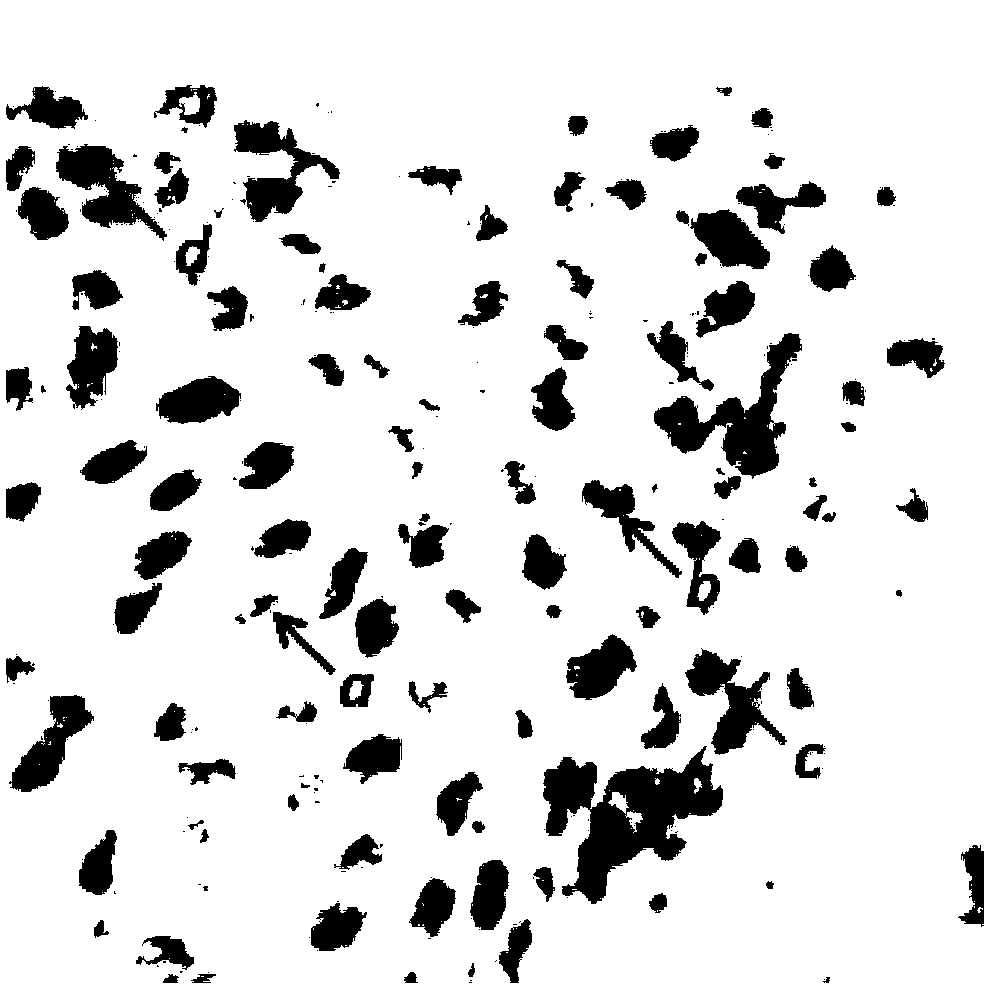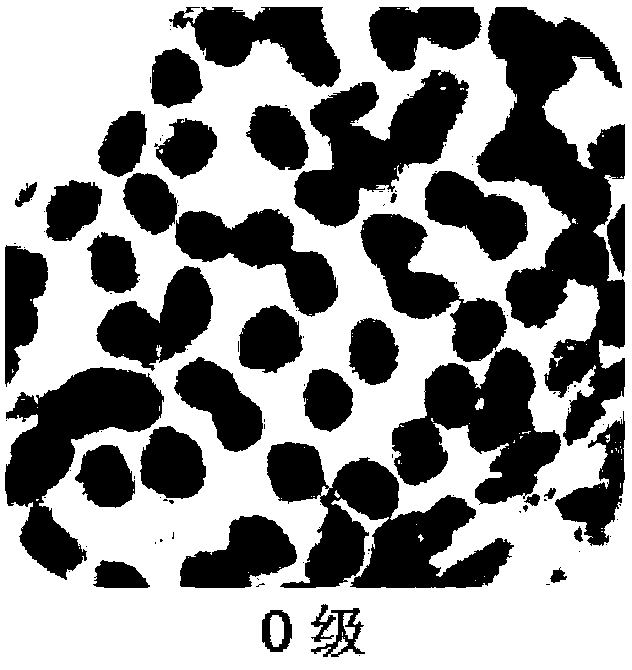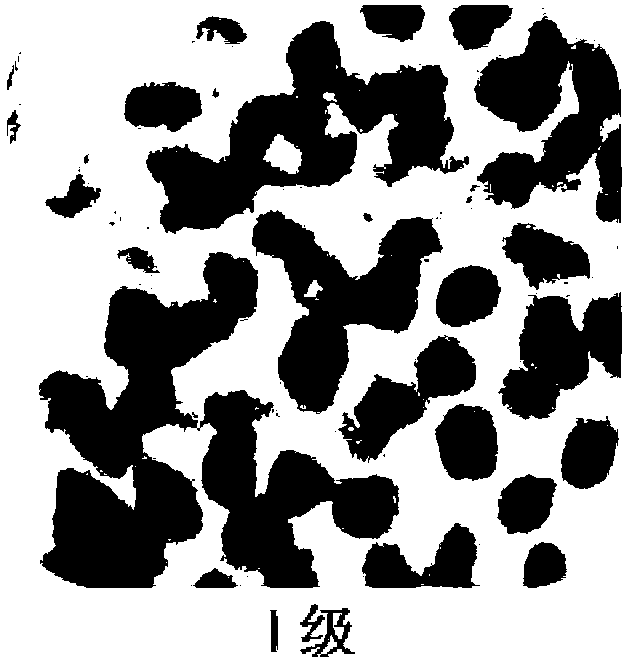Grading model for detecting benign and malignant degrees of skin tumors and application thereof
A skin tumor and model technology, which is applied in the measurement/examination of microorganisms, genomics, instruments, etc., can solve problems such as increasing the complexity of treatment, difficult to distinguish in situ melanoma and mole morphology, and increasing patient suffering.
- Summary
- Abstract
- Description
- Claims
- Application Information
AI Technical Summary
Problems solved by technology
Method used
Image
Examples
Embodiment 1
[0141] Imprinted gene analysis of embodiment 1 skin cancer
[0142] The detection method of the imprinted gene comprises the following steps:
[0143] (1) Obtain the tissue cell section (10 microns) of skin cancer, put into 10% neutral formalin solution and fix, in case RNA degrades, fixation time is 24 hours, paraffin embedding (FFPE), described Slides need to be detached with positive charges, and the slices are baked in a 40°C oven for more than 3 hours;
[0144] (2) Carry out dewaxing treatment according to the sample processing method of RNASCope to block the endogenous peroxidase activity in the sample, enhance permeability and expose RNA molecules;
[0145] (3) Design probes: design specific primers according to the imprinted gene sequence;
[0146] The design probes are designed according to imprinted genes Z1 (Gnas), Z6 (Plagl1), Z8 (Dcn), Z10 (Gatm), Z11 (Grb10), Z13 (Sgce) and Z16 (Snrpn / Snurf), specifically Select a sequence in the intron of each gene as a probe...
Embodiment 2
[0156] Example 2 Imprinted Gene Analysis of Skin Puncture Biopsy Samples
[0157] The skin puncture biopsy sample is to take out suspicious lesion tissue by puncture, fix with 10% neutral formalin solution for more than 24 hours, and other detection methods are the same as in Example 1.
[0158] From Figure 3(a)-Figure 3(f) It can be seen that each gene of Z1, Z6, Z8, Z10, Z11, Z13, and Z16 has a different response sensitivity to skin cancer, or in other words, the intensity and status of imprint loss corresponding to skin cancer expression are different.
[0159] Specifically, the sensitivity of each imprinted gene to skin cancer is as follows: Figure 4(a)-Figure 4(g) ,From Figure 4(a)-Figure 4(d) It can be seen that the imprinted deletion of the imprinted gene Z1 begins to appear in the malignant potential stage, and gradually rises to a higher level with the development of skin cancer, and the copy number abnormality of the imprinted gene begins to appear in the malign...
Embodiment 347
[0161] Example 3 Imprinted gene analysis of 47 cases of skin tumor samples
[0162] The tissues obtained from 47 skin cancer patients included skin biopsy samples (10 microns), and the detection method was the same as in Example 1.
[0163] From Figure 5(a)-Figure 5(g) It can be seen that the proportions of imprint deletion, copy number abnormality and total expression of the seven probes Z1, Z6, Z8, Z10, Z11, Z13 and Z16 in 47 cases of skin tumor tissue samples showed a distribution from low to high, according to For the distribution trend of different probes, we calculated the grading standard shown by the dotted line in the figure, and the imprint loss, copy number abnormality and total expression of each probe can be divided into 5 grades from low to high.
[0164] The specific classification is as follows:
[0165] It can be seen from Figure 5(a) that, for the imprinted gene Z1, the imprinted gene deletion expression is less than 15%, the abnormal expression of the cop...
PUM
 Login to View More
Login to View More Abstract
Description
Claims
Application Information
 Login to View More
Login to View More - R&D
- Intellectual Property
- Life Sciences
- Materials
- Tech Scout
- Unparalleled Data Quality
- Higher Quality Content
- 60% Fewer Hallucinations
Browse by: Latest US Patents, China's latest patents, Technical Efficacy Thesaurus, Application Domain, Technology Topic, Popular Technical Reports.
© 2025 PatSnap. All rights reserved.Legal|Privacy policy|Modern Slavery Act Transparency Statement|Sitemap|About US| Contact US: help@patsnap.com



